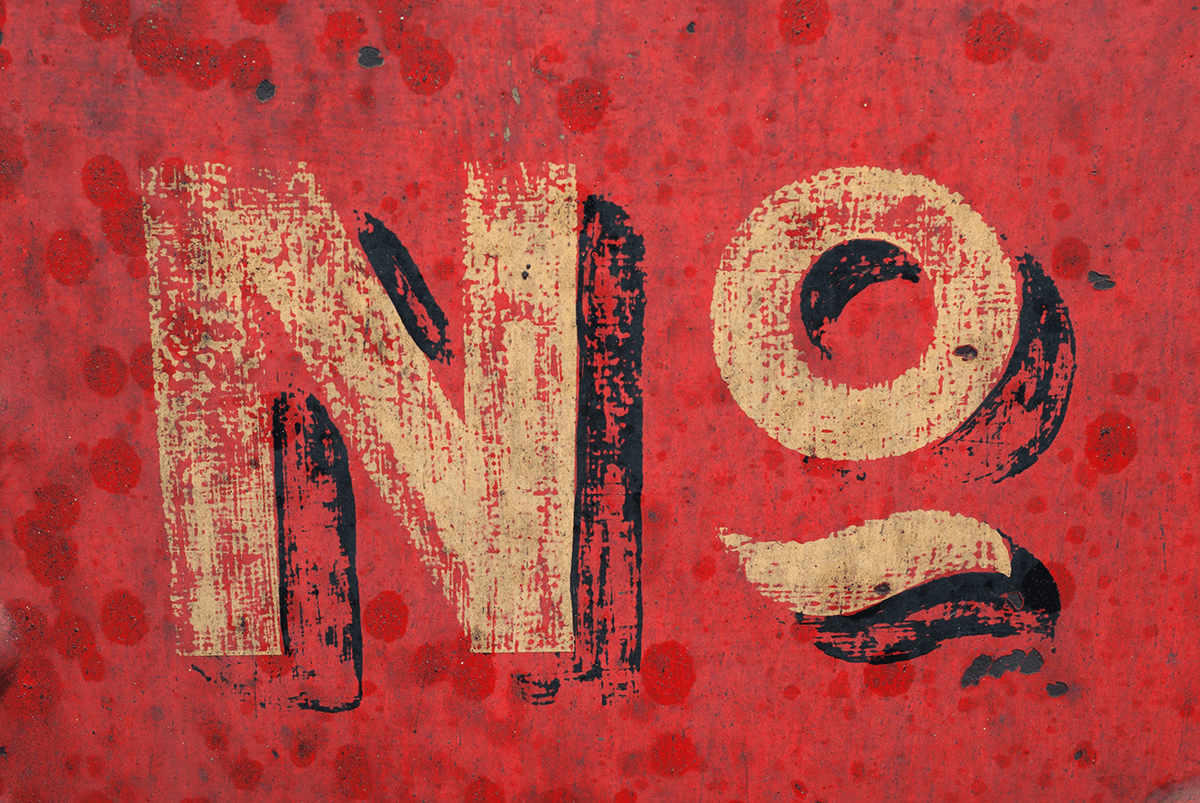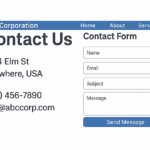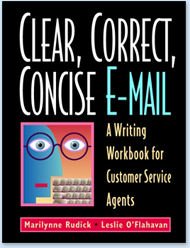While it’s never easy or much fun to tell a customer “no,” you can write it the wrong way—causing write-backs, harming satisfaction, destroying rapport—or the better way. The better way doesn’t mean saying “yes” or making exceptions for super-persistent customers. The better way to write “no” to a customer is candidly, firmly, briefly, and empathetically. Here’s how.
Watch your tone
Continue using a personal and professional tone when you write to customers, but if you must tell them “no,” you should avoid playful wording, the kind we often use in social customer care responses and sometimes in email, too. While words and phrases like “yikes,” “uh-oh,” and “I feel that” sound fine when you’re giving the customer what they’re asking for, those words can come across as snide or clueless when you must tell the customer that you can’t refund their purchase or you won’t be adding the requested feature to your app.
Avoid over-explaining
Sometimes, in an attempt to soften your “no,” you may be tempted to layer in a load of details about why you’re saying no. Don’t do it. Don’t write, “We used to allow customers to use gift cards to purchase an item from our store, buy tickets to a show, or book a room at our exclusive inn. However, we’ve had a different policy in place for about two years. We no longer allow customers to use the gift card in the store because we don’t want to handle returns, refunds, and shipping on gift card purchases…” That’s TMI. Say no clearly and graciously and be done with the email.
Emphasize a positive future
Write about the good things the future will hold, so you can avoid dwelling on the “no.” For example, if you’ve discontinued a product, tell the customer about comparable products that are available now or will be in the future. If your customer is unhappy because the local indoor swimming pool is now closed on Sundays, explain that the pool will be open two hours later on weekday evenings after Labor Day. When your customer’s angry because they can’t uninstall the new version of your software and revert to the old version, let them know that they can contact your technical support team 24/7 and an agent will be able to remote into their desktop to solve any problems they may have.
Put the “no” near the beginning
Making customers read a lot before giving them the honest—albeit unwelcome—answer will annoy them. While you can’t begin an email, “Dear Sharon, the answer is ‘no’,” you should get to the point as early as possible. If you postpone the “no” until after your greeting, an apology or empathy statement, and an explanation, you may come across as tricky.
- Don’t write this: Dear Susan, Thank you for contacting us again about your claim number 112233 for damage to your suitcase. We are sorry to learn that your bag was reported to be damaged with scuffs and scratches when you received it upon landing in Chicago on July 20…
- Do write this: Dear Susan, Thank you for contacting us again about your claim number 112233 for scuffs and scratches to your suitcase when you traveled to Chicago in July. We’re sorry, but we’re unable to offer you compensation for your bag because these types of marks are considered normal wear and tear…
Express “off-center” empathy
Sometimes, when you’re about to tell them “no,” it would be risky to fully empathize with a customer. They may think, “Well, if you’re really seeing this situation from my point of view, you’d say ‘yes’!” In these situations, you can use an off-center empathy statement instead of a direct one. Off-center empathy statements show you understand the customer’s actions or their needs without agreeing with their feelings or saying “yes” to their request. Here are some off-center empathy statements that would work well, even in an email that says “no”:
- I understand why you have followed up on this issue…
- I’m glad you’ve given us another chance to explain…
- It makes sense that you reviewed our Terms and Conditions …
Use firm, polite phrases that indicate the discussion has ended
Though you may be writing to customers who pride themselves on never taking “no” for an answer, your job is to make them do just that. You want the customer to accept that you’ve given them a correct answer that will not change. You want them to accept that you understand and value their business even if you can’t give them what they’re asking for. When the time comes to close out an email exchange that’s gone on long enough, be honest, polite, and firm. Try one of these:
- I’m truly sorry you’re dissatisfied. We believe the goodwill compensation we’ve offered is fair, and we’re unable to offer additional compensation.
- I’ve fully reviewed the concerns you outlined. I’m sorry, but there’s nothing further I can add by way of explanation.
- Respectfully, we consider this matter closed.
When you work in customer service, you become a real pro at telling customers things they don’t want to hear: “Your package won’t be delivered until Saturday,” “The outage will probably last another 10 hours,” “We have no record of your 5-day reservation in our Honeymoon Suite.” If you use the same candor, empathy, and practicality when you tell them “no,” they’ll be your customers until you can tell them “yes.”








0 Comments